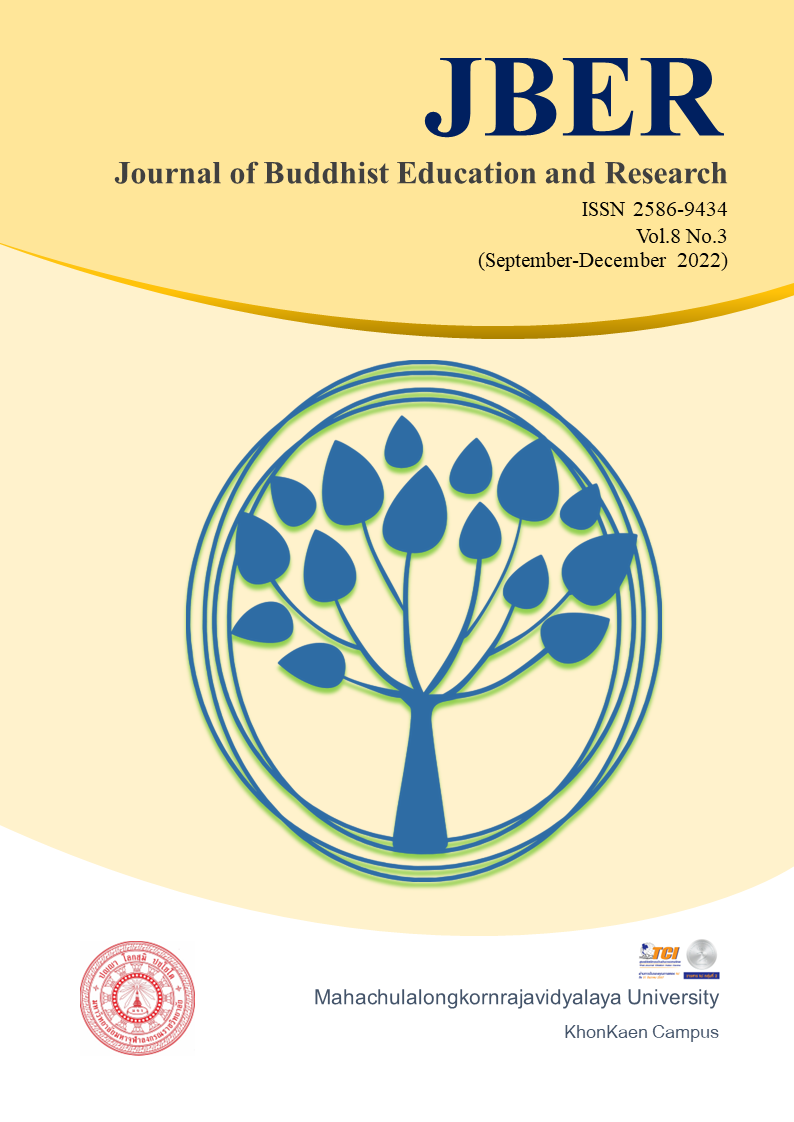RESEARCH ON THE CUSTOMER SATISFACTION OF B TRAINING INSTITUTION BASED ON SERVQUEL AND IPA MODEL
Keywords:
Training organization; Service marketing; Customer satisfaction; Seroquel model; IPA modelAbstract
In the increasingly competitive training market, people begin to seek the uniqueness of intangible services and gain satisfaction and pleasure. Product vendors are also beginning to recognize that the added value of tangible products is more dependent on intangible services.
Based on the concept and importance of customer satisfaction, taking the B training institution as the research object, analyzing the strategy of improving their marketing ability based on customer satisfaction, focusing on the results of the questionnaire based on customer satisfaction, and adopting various statistical analysis methods such as reliability analysis and descriptive analysis. The customer satisfaction scale of B training institutions was designed based on five dimensions of SERVQUAL model, completed the questionnaire design, distribution and collection, and analyzed the data, and found the performance of customer satisfaction of B training institutions, thus raising the customer satisfaction of B training institutions through five dimensions of visibility, reliability, responsiveness, guarantee and empathy. The IPA analysis method is used to analyze the satisfaction and importance of the indicators in the rating system, and to understand the differences between customer expectations and actual perception of the training institution product and service rating indicators, and to propose scientific, reasonable and targeted customer satisfaction improvement strategies based on the five dimensions of the SERVQUAL model and the four quadrants of the IPA model.
Classical theory and tools are used in the research process of B training institutions to provide reference for the improvement and development of institutional customer service evaluation system in the future. It will help B training institutions to improve product sales and market share, while improving customer brand loyalty and satisfaction, which is of great significance to enhance the corporate brand image.
References
Aghamolaei, T., Eftekhaari, T.E., & Rafati, S. (2014). Service quality assessment of a referral hospital in southern Iran with SERVQUAL technique: patients' perspective. BMC Health ServRes, 14322.
Fan, X., & Du, J.G. (2019). Impact of Five Dimensions on service satisfaction and service loyalty-an empirical study based on China's service industry during the transition period. Management world, (06): 117-124.
Ferrentino, R., & Boniello, C. (2018). Customer satisfaction: a mathematical framework for its analysis and its measurement. Computational Management Science, 17(1): 23-45.
Ferrentino, R., Cuomo, MT., & Boniello, C. (2016). On the customer lifetime value: a mathematical perspective. Computational Management Science, 13(4): 521-539.
Parasuraman, A., Zeithaml, V.A., & Berry, L.L. (1988). SERVQUAL: A Multiple-Item Scale for Measuring Consumer Perceptions of Service Quality. Journal of Retailing, 64(1): 12-40.
Saroj, B., Vigneswara, L., & Arpan Kumar, K. (2020). Comparing SERVQUAL for Transportation Services in the Sharing Economy for Emerging Markets: Insights from Twitter Analytics. Digital and Social Media Marketing. 127-134.
Wei, W.M. (2008). Empirical study on the impact of customer satisfaction and conversion cost on customer loyalty. Nanjing Normal University.





